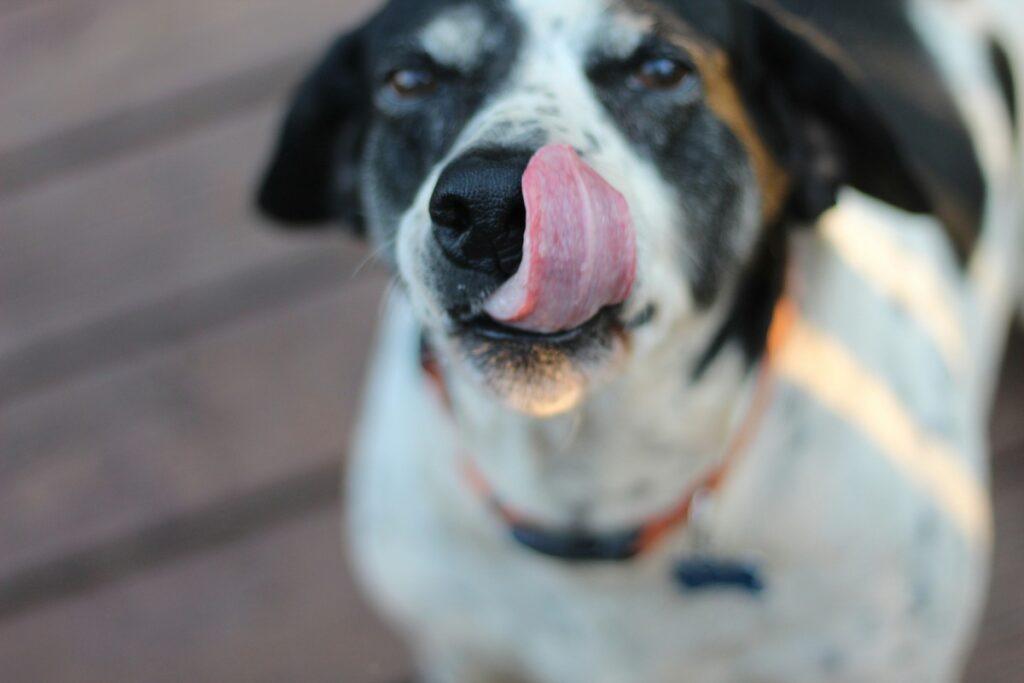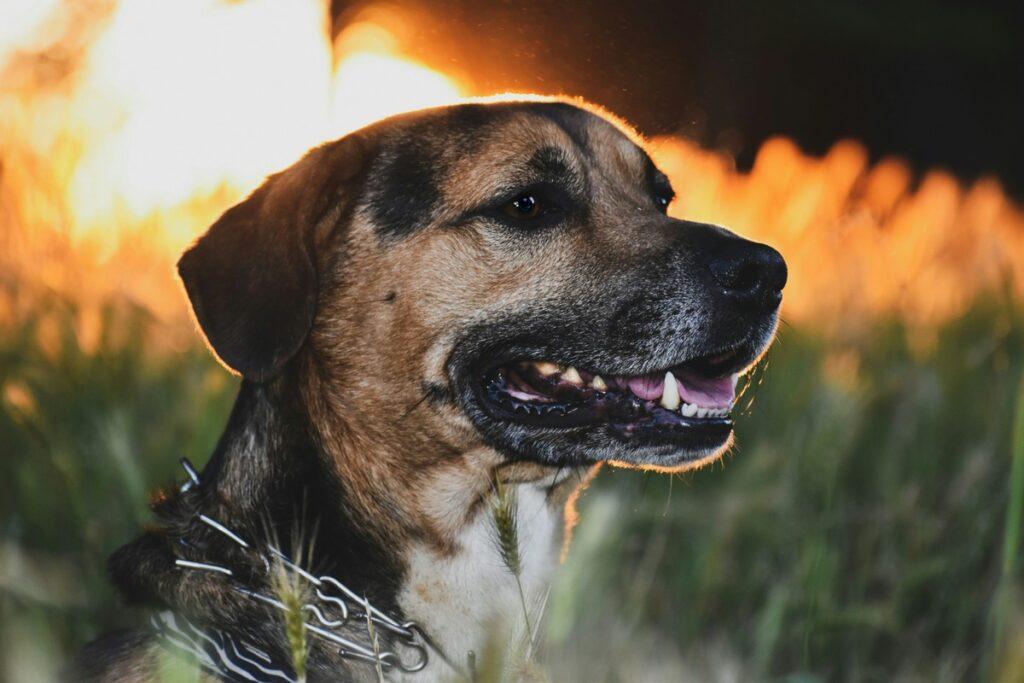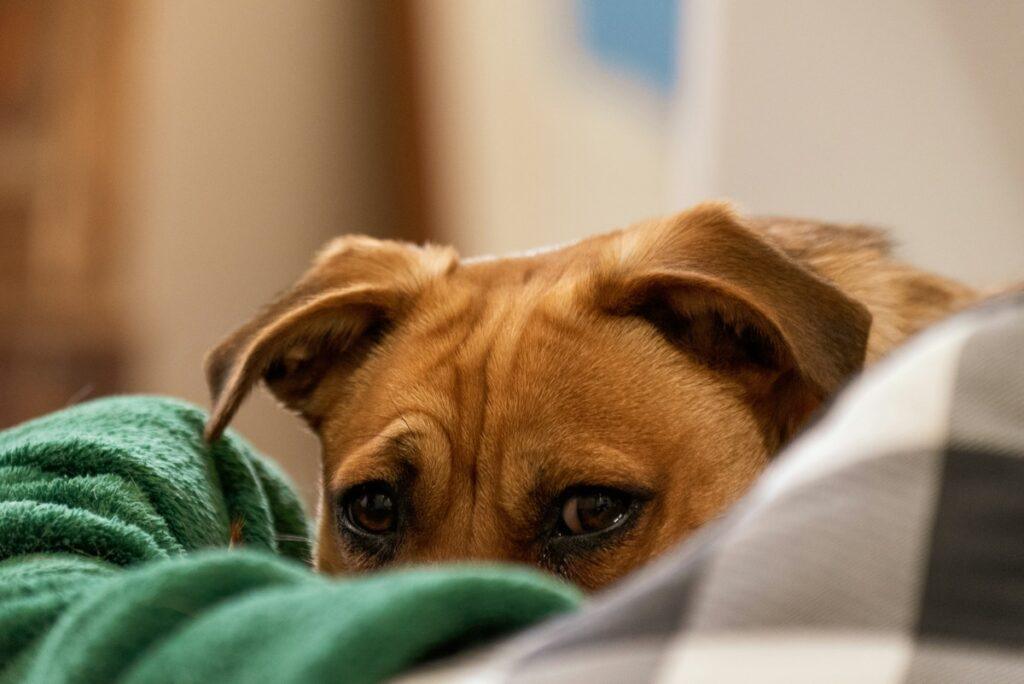Dog hot spots are one of the most common and frustrating skin problems for pet owners. These red, inflamed, and often oozing sores can appear suddenly and spread rapidly. In this article, we’ll explain what causes hot spots in dogs, how to treat them effectively, and tips to prevent them from coming back.
What Are Dog Hot Spots?
Hot spots, also known as acute moist dermatitis, are localized areas of skin inflammation and infection. They are typically red, moist, and may ooze pus or fluid. These spots are painful, itchy, and often get worse as the dog licks, chews, or scratches the area.
They can develop anywhere on the body but are most commonly found on the head, neck, hips, and limbs.
Common Causes of Hot Spots
Hot spots in dogs are often triggered by anything that causes skin irritation. Here are the most frequent causes:
- Flea or insect bites
- Allergies (food, environmental, or contact)
- Ear infections (especially in floppy-eared breeds)
- Poor grooming or matted fur
- Underlying skin infections
- Stress or boredom-induced licking
Once irritated, dogs tend to scratch and bite the spot, which worsens the inflammation and opens the door to bacterial infection.
Symptoms to Watch For
Hot spots often appear suddenly and grow rapidly. Signs include:
- Red, moist, inflamed skin patches
- Oozing fluid or pus
- Hair loss around the area
- Foul odor
- Frequent licking, chewing, or scratching
If left untreated, the infection can spread deeper into the skin, causing more serious complications.

How to Treat Hot Spots at Home
If the hot spot is mild, you can often treat it at home. Here’s how:
- Trim the fur around the hot spot to expose the skin
- Clean the area gently with antiseptic (e.g., diluted Betadine or chlorhexidine)
- Apply a pet-safe topical antibiotic or hydrocortisone spray
- Prevent licking with an e-collar or recovery suit
- Monitor the area daily for signs of improvement
Do not apply human creams or medications unless advised by your veterinarian. If the spot worsens, seek veterinary care promptly.
Prevention Tips
Preventing hot spots involves identifying and managing the root cause. Here’s what you can do:
- Use year-round flea prevention
- Maintain proper grooming and regular bathing
- Address allergies with a vet
- Provide mental stimulation to reduce stress licking
- Dry your dog completely after swimming or baths
When to See a Vet
Consult your vet if:
- The hot spot grows or spreads rapidly
- Your dog appears in pain or lethargic
- There’s a strong odor or thick discharge
- Home treatment doesn’t show improvement within 2–3 days
Your vet may prescribe oral antibiotics, anti-inflammatory meds, or identify an underlying cause such as allergies or parasites.
FAQs
Can hot spots heal on their own?
Minor hot spots may resolve with improved hygiene, but most require treatment to prevent worsening or secondary infection.
Are hot spots contagious to other dogs?
No, hot spots themselves are not contagious, but the underlying cause (like fleas) might be.
Can stress cause hot spots in dogs?
Yes. Excessive licking from boredom or anxiety can lead to irritation and eventually hot spots.
Written by the PetlyDaily.com editorial team – your trusted source for dog health and care guides.



